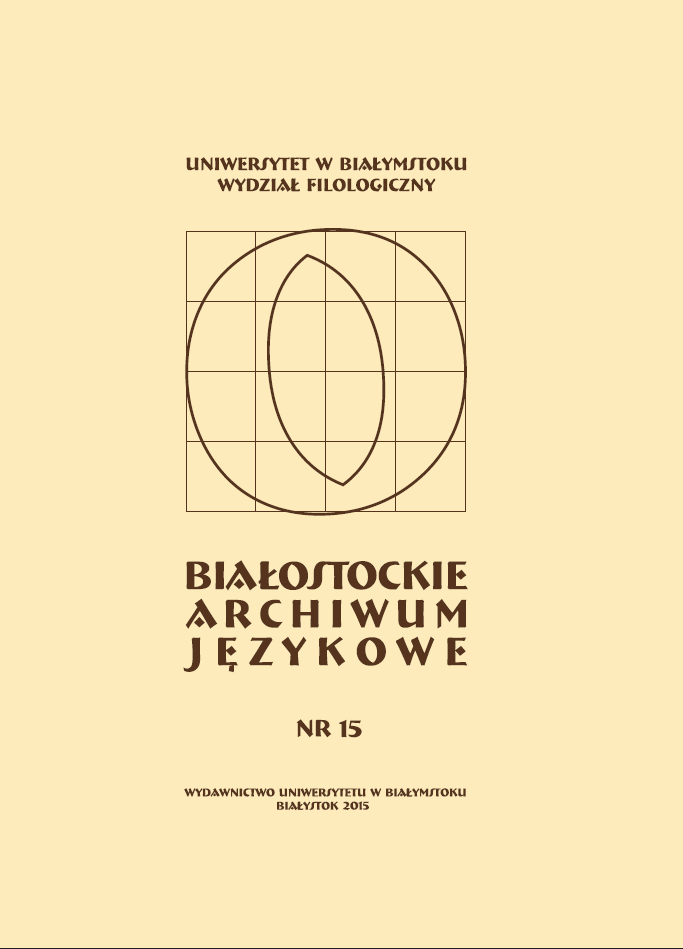Perceptions of different syntactic forms of generics: an experimental study
Perceptions of different syntactic forms of generics: an experimental study
Author(s): Daniel Karczewski, Edyta WajdaSubject(s): Language and Literature Studies, Theoretical Linguistics, Applied Linguistics
Published by: Wydawnictwo Uniwersytetu w Białymstoku
Keywords: generics; predication type; principled connection; syntactic form
Summary/Abstract: Generics are statements that express generalizations about categories rather than individuals (e.g., “a tiger is striped,” “mosquitoes carry the West Nile Virus,” or “the dinosaur is extinct”). In English, some generics can assume more than one syntactic form, i.e., bare plural, definite singular, and indefinite singular, while others seem acceptable in the bare plural form only. Experimental findings (Karczewski 2015) speak in favour of a claim that plural generics represent a prototypical construction in English and Polish. Thus, we sought to explore – relying on a conceptually based approach to generics (Prasada et al. 2013) – the extent to which adult speakers of Polish accept various predication types (majority characteristic, minority characteristic, majority statistical, or striking) in the singular form. The primary goal of the article is to replicate Leslie et al.’s studies (2009), while introducing a different research method and using the data from Polish sources. Overall, the results of the study indicate that the singular form in Polish selects generic statements that express principled information concerning the kind and, as such, our results confirm the findings from Leslie et al. (2009) and Prasada et al. (2013).
Journal: Białostockie Archiwum Językowe
- Issue Year: 2015
- Issue No: 15
- Page Range: 233-245
- Page Count: 13
- Language: English

